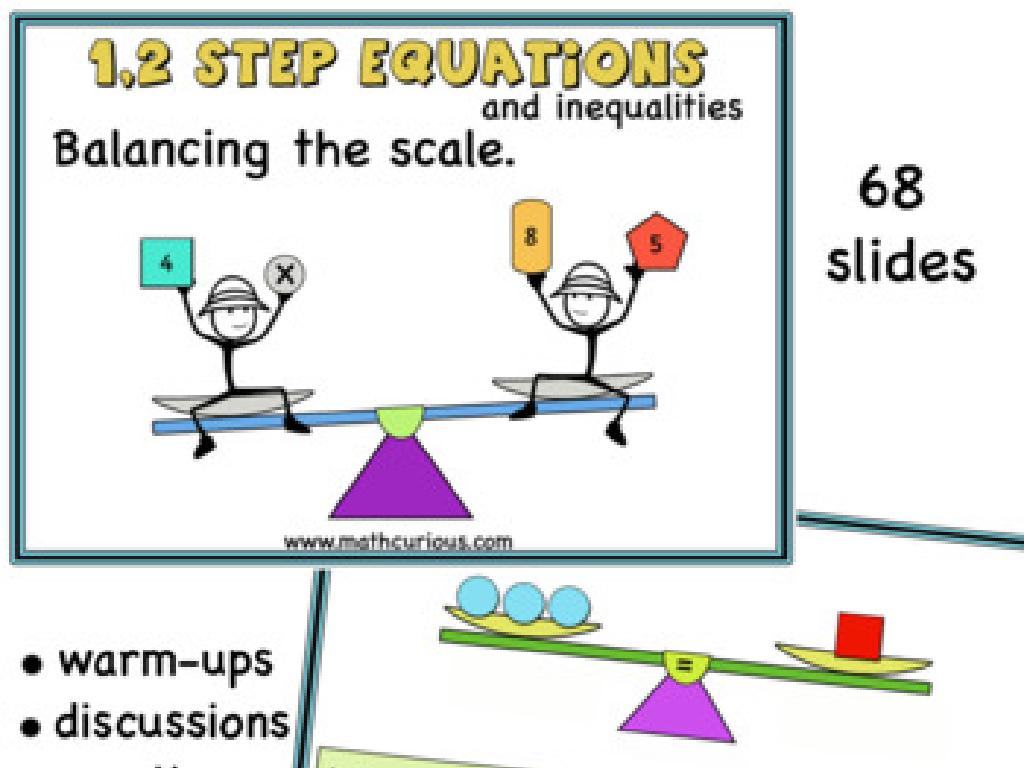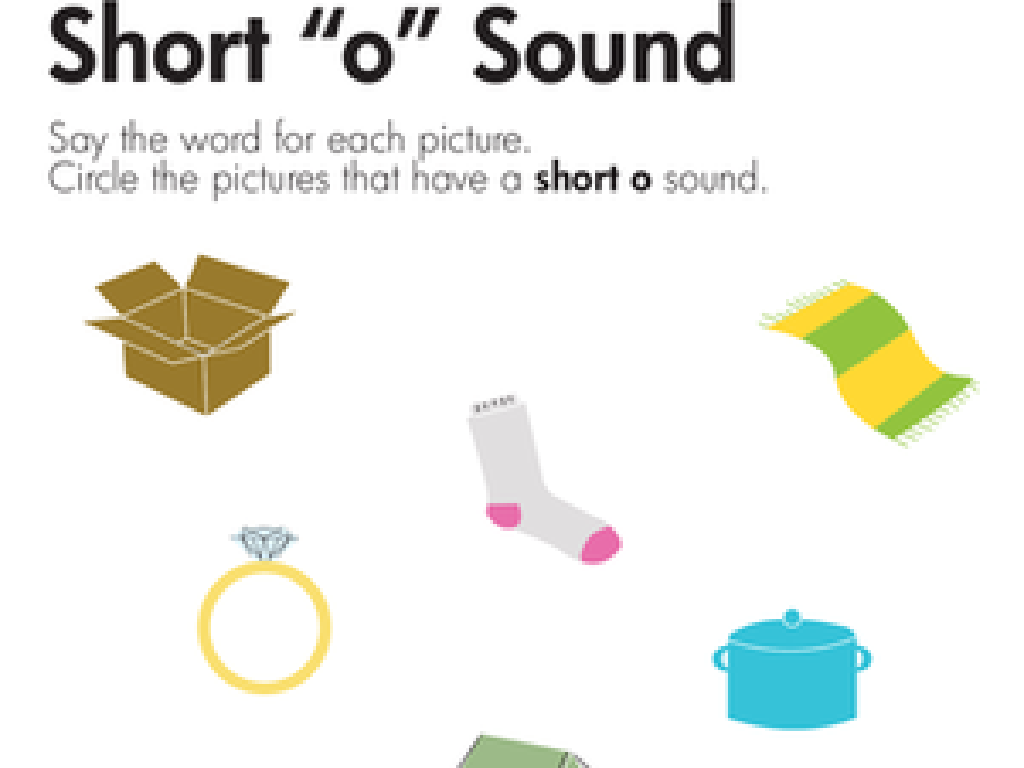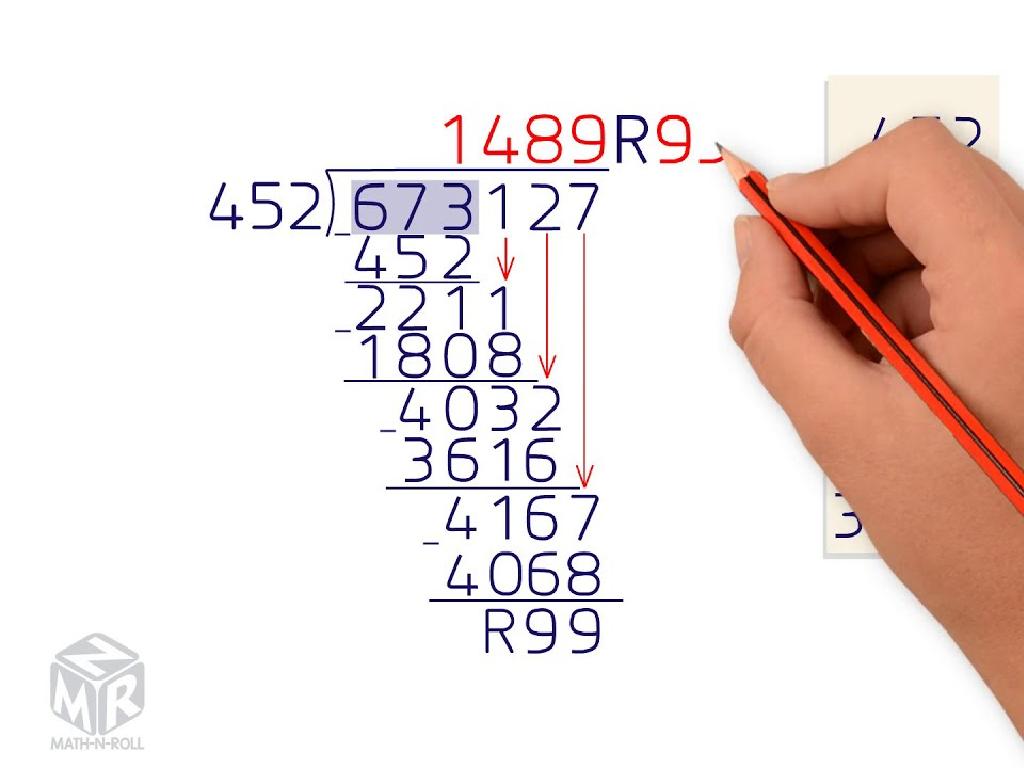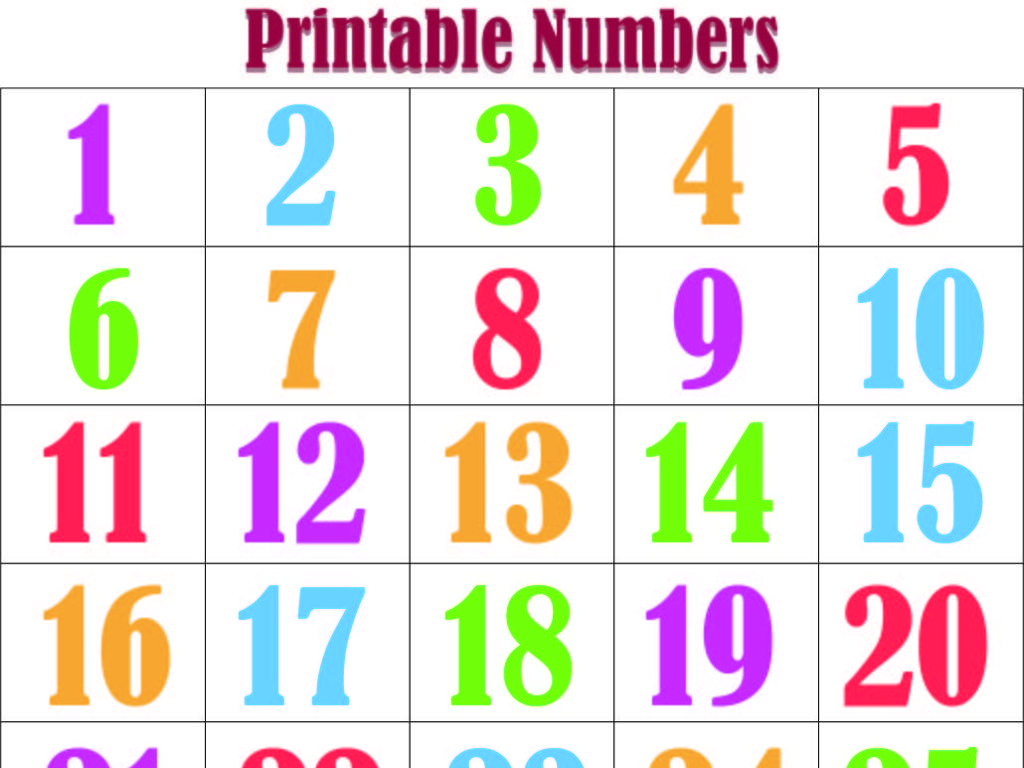Find The End Time
Subject: Math
Grade: Third grade
Topic: Elapsed Time
Please LOG IN to download the presentation. Access is available to registered users only.
View More Content
Understanding Elapsed Time
– Learn about time and clocks
– Define elapsed time
– The time that passes from start to an end point
– Importance of calculating it
– Helps us manage our daily activities
– Practice finding end time
|
This slide introduces the concept of elapsed time, which is a fundamental skill in time management for third graders. Begin by discussing the basics of time and how to read clocks, both digital and analog. Explain that elapsed time is the amount of time that goes by from one event to another. Emphasize its importance in everyday life, such as knowing how long a class lasts, how much time is left before a TV show starts, or how long it takes to complete homework. Encourage students to think of examples from their own lives. Conclude by explaining that we will practice finding the end time by adding the elapsed time to the start time, which is a practical application of this concept.
Parts of a Clock: Understanding Time
– Identify Hour and Minute Hands
– The short hand shows the hour, the long hand shows the minutes.
– Read numbers on clock face
– Numbers 1 to 12 represent hours; each number is 5 minutes.
– Learn how clock hands move
– The minute hand moves from one number to the next every 5 minutes.
– Practice setting the time
– Use the hands to set the clock to specific times.
|
This slide introduces students to the basic components of an analog clock, which is essential for understanding how to read time and calculate elapsed time. Start by pointing out the hour and minute hands and explaining their functions. Then, move on to reading the numbers on the clock face, emphasizing that each number corresponds to an hour and five minutes. Explain the movement of the hands, particularly how the minute hand moves around the clock, and how the hour hand moves from one hour to the next. Engage the students with hands-on practice by having them set the time on classroom clocks or paper clock cutouts. This practical activity will help solidify their understanding of time-telling before moving on to more complex concepts like finding the end time.
Telling Time Review: Finding the End Time
– Review telling time to 5 minutes
– Recall how to read clocks in increments of 5 minutes
– Practice reading times aloud
– We’ll read different clock times together as a class
– Understand elapsed time concept
– Elapsed time is the time that passes from start to end
– Class activity: Find the end time
– Use examples to calculate the end time after a given duration
|
Begin with a quick refresher on how to tell time to the nearest 5 minutes, ensuring that students can recognize the minute hand positions. Practice as a class by reading various times aloud, reinforcing their ability to interpret clock faces. Introduce the concept of elapsed time, explaining that it’s the amount of time that goes by from one event to another. For the class activity, present different scenarios where students calculate the end time after a certain duration has passed. For example, if a movie starts at 3:15 PM and lasts 45 minutes, what time will it end? Provide guidance and support as needed, and encourage students to work through the problems step-by-step.
Understanding Elapsed Time
– Elapsed Time: from start to end
– It’s like the time from breakfast to lunch.
– Daily life examples
– Examples: Time from school start to end, or from planting a seed to it sprouting.
– How to calculate it
– Practice finding end times
– We’ll use clocks and stories to practice.
|
This slide introduces the concept of elapsed time, which is the total time taken from the beginning to the end of an event. Use relatable examples for third graders, such as the duration of a school day or the time it takes for a planted seed to grow. Explain that calculating elapsed time helps us understand how long an event lasts and can be used in planning our day. Encourage students to think of their own examples of elapsed time. In the next class, we will practice finding the end time of activities using clocks and time-telling skills.
Calculating Elapsed Time: Finding the End Time
– Understanding start and end times
– Know when an event begins and finishes
– Counting by fives with minute hand
– Each number on the clock represents 5 minutes
– Adding time to determine end time
– Add the duration to the start time to find when it ends
– Practice with real-life scenarios
– Use examples like TV shows or games
|
This slide introduces the concept of elapsed time, which is the amount of time that passes from the start of an event to its end. Teach students how to read a clock and use the minute hand to count by fives, which is a crucial skill in calculating time. Explain how to add the duration of an event to the start time to find the end time. Provide real-life examples, such as determining when a TV show will finish if it starts at a certain time and lasts for a certain duration. Encourage students to practice with different scenarios to become comfortable with the concept. The goal is for students to be able to apply these skills in practical situations.
Calculating the End Time
– Start Time: 3:00 PM
– Elapsed Time: 1 hour 30 minutes
– Add hours and minutes separately
– First add the hour, then the minutes
– Find the End Time
– What time is it 1 hour 30 minutes after 3:00 PM?
|
This slide is aimed at teaching third graders how to calculate the end time after a certain duration has passed. Begin with a clear example, such as starting at 3:00 PM and adding an elapsed time of 1 hour and 30 minutes. Explain that they should add hours and minutes separately to avoid confusion. For instance, adding the hour to 3:00 PM gets us to 4:00 PM, and then adding 30 minutes brings us to 4:30 PM. Encourage students to practice with different start times and durations, and to check their work by counting forward from the start time. This will help them understand the concept of elapsed time and how to apply it in practical situations.
Calculating End Time: Practice Problems
– Problem 1: 5:15 PM + 45 minutes
– What time will it be 45 minutes after 5:15 PM?
– Problem 2: 9:10 AM + 2 hours 20 min
– Add 2 hours and 20 minutes to 9:10 AM. What’s the end time?
– Work through problems together
– Understand elapsed time concept
– Elapsed time is how long something lasts.
|
This slide is designed to engage the class in solving elapsed time problems together. Start with Problem 1 by adding 45 minutes to 5:15 PM. Guide the students to count by fives to add minutes and then adjust the hour if necessary. For Problem 2, demonstrate how to add hours first and then minutes, ensuring to cross over the hour if needed. Encourage students to use their clocks or number lines to visualize the time passing. The goal is to solidify their understanding of elapsed time through practical examples. Prepare to assist students who may struggle with the concept of time, and have additional similar problems ready for those who grasp the concept quickly.
Class Activity: Timekeepers!
– Pair up with a classmate
– Use a stopwatch to time activities
– Record Start, End, and Elapsed Time
– Note down when you start and finish, then calculate the time spent
– Share your findings with the class
– Tell us how long each activity took
|
This interactive class activity is designed to help students understand the concept of elapsed time in a fun and practical way. By working in pairs, students will engage with one another and use a stopwatch to measure the duration of various classroom activities. They will record the start time, end time, and then calculate the elapsed time for each activity. After completing the measurements, students will present their findings to the class, fostering a collaborative learning environment. For the teacher: Prepare a list of short activities for the students to time, such as writing their names, organizing their desks, or reading a page from a book. Ensure that each pair has a stopwatch or a clock with a second hand. Walk around the classroom to assist with any timing or recording issues. Encourage students to discuss their findings and understand that elapsed time is the difference between the end time and the start time.
Wrapping Up: Elapsed Time & Homework
– Recap on Elapsed Time
Remember how to find the time passed between events
– Homework: End Time Worksheet
– 5 problems to practice at home
Use your clocks and the methods we learned
– Bring questions to next class
We’ll review any challenges you face
|
This slide is meant to summarize today’s lesson on elapsed time and to assign homework that reinforces the concept. The homework consists of a worksheet with 5 problems where students will apply what they’ve learned to find the end time of various activities. Remind students to use the strategies discussed in class, such as counting on from the start time or using a number line. Encourage them to try their best and bring up any questions or difficulties they encounter to the next class for further clarification. This practice will help solidify their understanding of how to calculate elapsed time in real-world scenarios.




/human_history_cities_empires.jpg)

